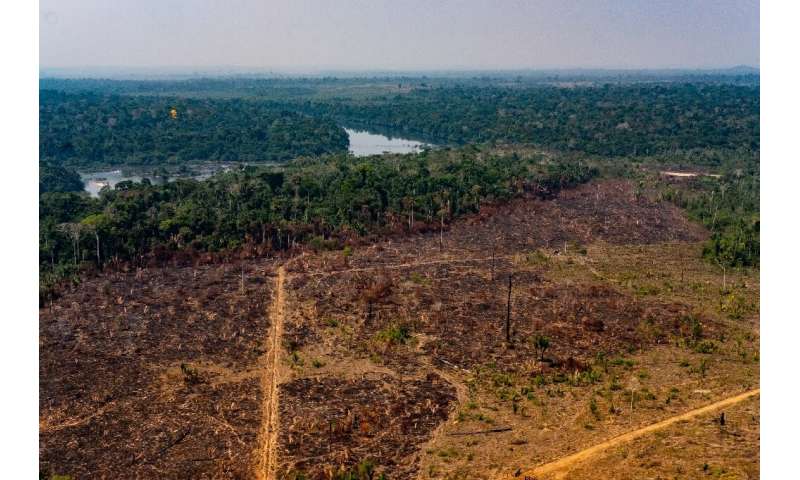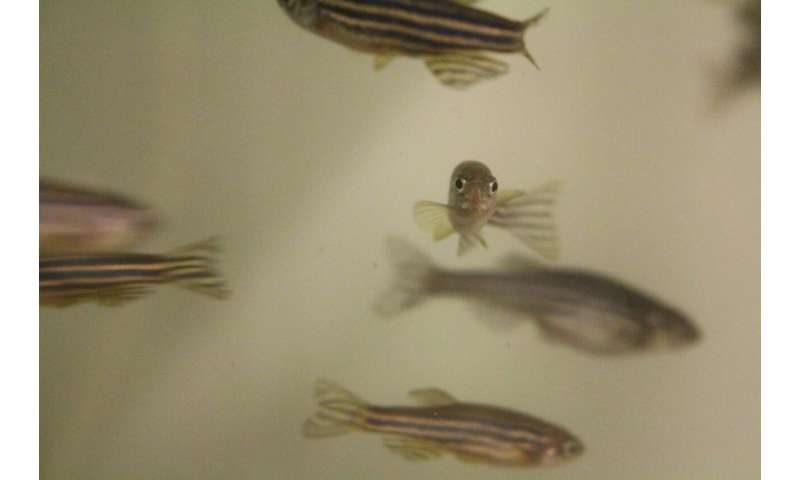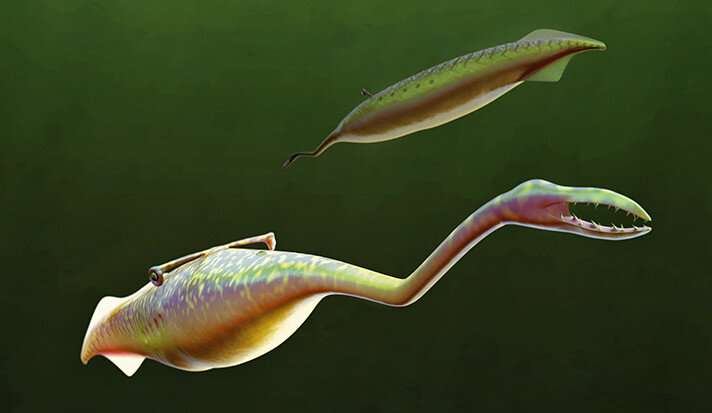Brazilian Amazon deforestation hits new Jan-Apr high

Deforestation in the Brazilian Amazon hit a new high in the first four months of the year, according to data released Friday, a worrying trend after the devastation caused by record fires last year.
A total of 1,202 square kilometers of forest (464 square miles)— an area more than 20 times the size of Manhattan—was wiped out in the Brazilian Amazon from January to April, according to data based on satellite images from Brazil's National Space Research Institute (INPE).
That is a 55-percent increase from last year, and the highest figure for the first four months of the year since monthly records records began in August 2015.
The numbers raise new questions about President Jair Bolsonaro's commitment to protecting the world's largest rainforest, more than 60 percent of which is in Brazil.
Bolsonaro, a far-right climate-change skeptic, drew scathing international criticism last year after he downplayed huge wildfires that devastated the Amazon from May to October.
The fires contributed to the loss of a total 10,123 square kilometers (3,900 square miles) of forest in the Brazilian Amazon for 2019, the first time that figure had crossed the 10,000 mark since 2008.
The trend for 2020 is all the more worrying given that fire season will only start in late May with dryer weather.
If the Amazon is hit by huge fires again, this year could be on track to break all records for deforestation.
The destruction is caused largely by illegal logging, mining and farming on protected lands. Felled trees are then left to dry and burn when the season begins, driving the fire problem.
Bolsonaro wants to open up more protected lands to economic activity, arguing Brazil's indigenous peoples should reap the benefits of the natural resources on their territory.
He issued a decree Thursday authorizing the army to fight wildfires and oversee environmental agencies' work from May 11 to June 10 this year.
Environmentalists responded that it would be better to increase staffing and budgets for the environmental agencies.
© 2020 AFP


















